Best Watering Times for Grass: Tips for a Lush Lawn
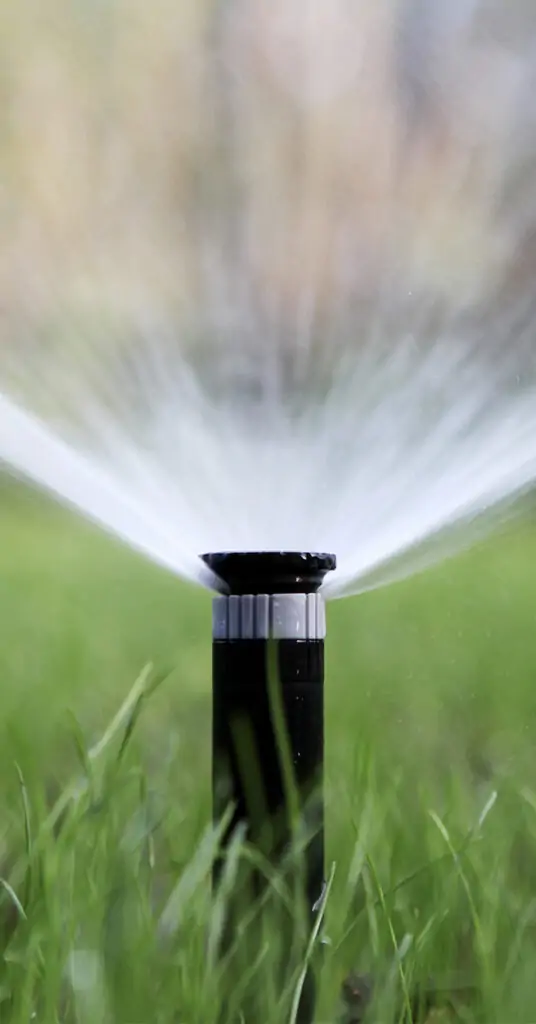
If your lawn is something you take pride in, you are surely aware that healthy grass depends on effective irrigation. It might be challenging to determine the best watering times for grass, though.
We’ll discuss how to make a lush, green lawn that will make your neighbors green with envy in this article. Everything will be addressed, including the benefits of watering in the morning and the evening, as well as some useful advice. You may learn how to water efficiently, conserve water, and avoid frequent mistakes. Let’s make your ideal lawn a reality.
Factors That Affect Watering Times
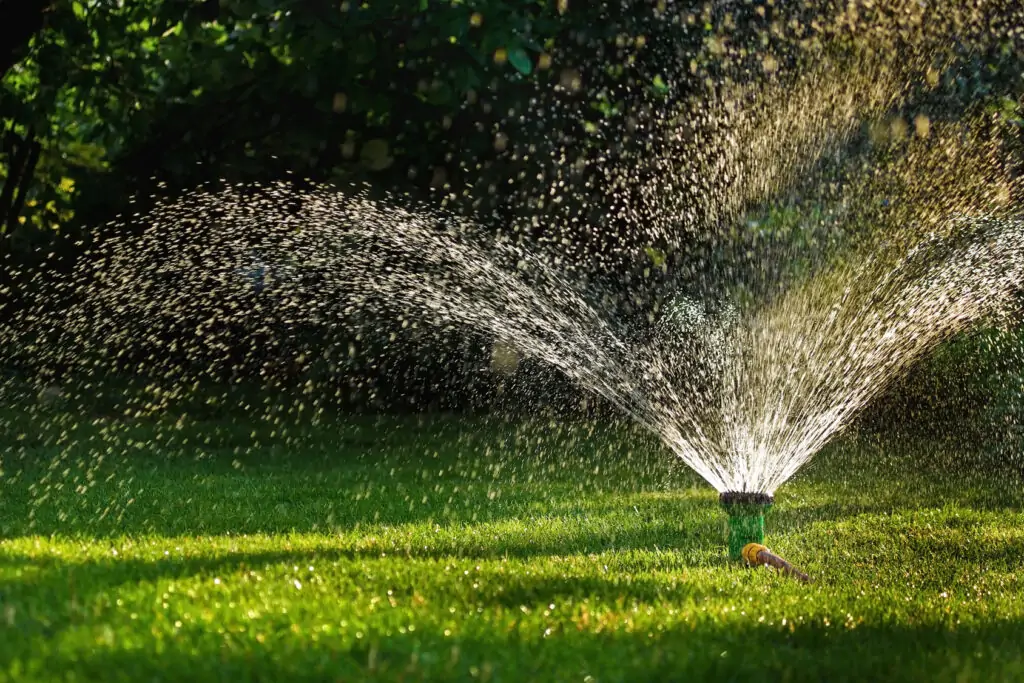
Keeping your lawn healthy and green requires the right watering techniques, and there are some crucial factors to keep in mind.
Soil type and quality are important factors since they determine how much sprinkle your grass needs and how many times per week it needs to be watered. Sandy soils drain water quickly, while clay soils retain it for longer. So, knowing your soil type helps you figure out the right frequency and duration.
Another factor of importance is weather and climate conditions. During hot and dry periods, your lawn requires more hydration, while cooler and wetter weather conditions lead to your lawn requiring less. That’s why keeping an eye on the weather forecast and adjusting your hydrating schedule accordingly is vital.
Finally, the time of year and seasonal changes also impact watering times. During the spring and summer months, your grass will need more water than in the fall and winter. Seasonal variations in temperature, rainfall, and sunlight also can have a huge effect on it.
So by taking these factors into consideration, you will manage to determine the best watering time for lawns leading to a beautiful and healthy garden.
Early Morning Sprinkle
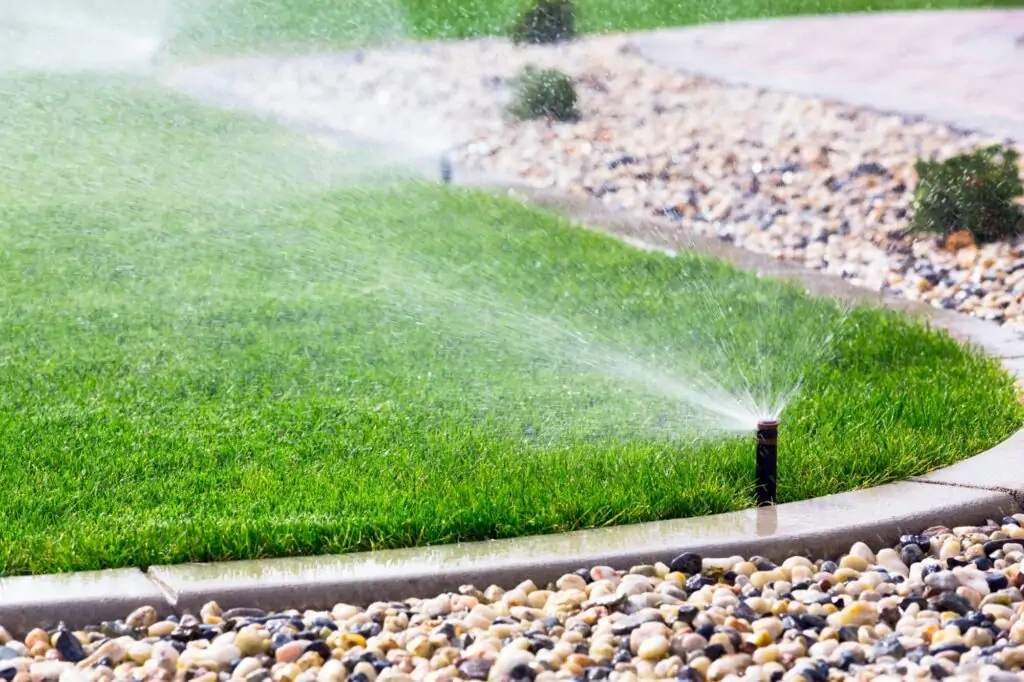
One of the best times to sprinkle your lawn is in the early morning, typically before 10 a.m. This timing will allow the water to be absorbed optimally and reduce water wastage.
Besides, hydrating in the morning helps prevent fungal growth. Fungi thrive in damp environments, and at night or in the late afternoon, your lawn is left damp for more extended periods, increasing the risk of fungal growth.
What’s more, at this time of the day, your grass can absorb the water it needs and then use the energy from the sun to undergo photosynthesis, creating energy that fuels growth. So in case you’re wondering what are the best times to water grass, we recommend you do it in the morning and give your garden the hydration it needs to thrive!
You Can Also Do It In The Evening
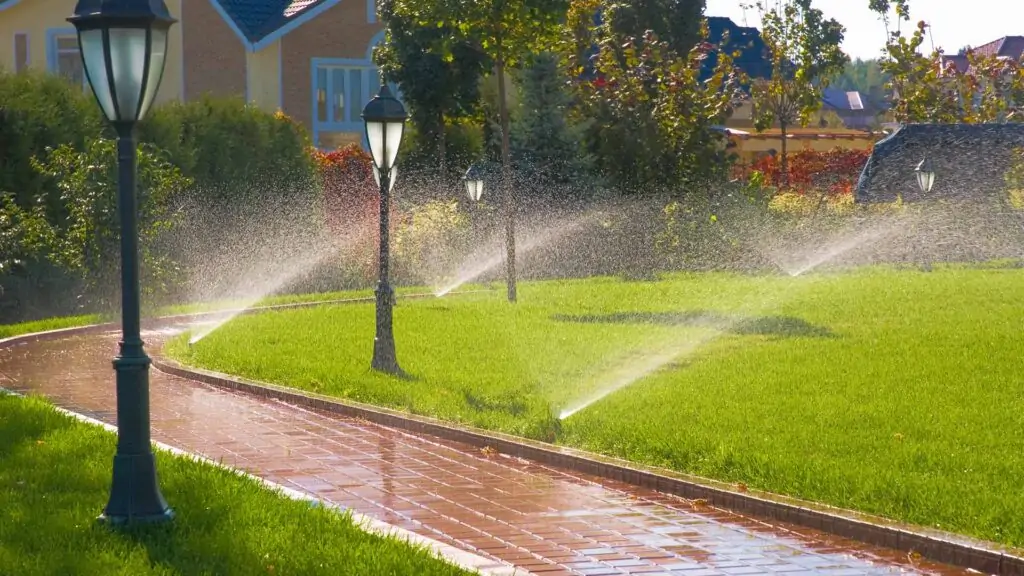
If you can’t hydrate your lawn in the morning, the ideal time to do it is in the evening. When you water your lawn between 4 and 7 in the afternoon, it can absorb the water without being exposed to the hot sun. As the temperatures are often lower at this time, there is less chance of evaporation so that your yard gets sufficient moisture.
Watering shouldn’t be done too late in the day, though, since the grass might not have enough time to dry before night comes. As was already said, moisture overnight can encourage fungal growth, which is bad for the health of your grass.
It is also important to be aware that various grass kinds may require different amounts of watering. For instance, warm-season grasses such as Bermuda and Zoysia require to be watered fewer times compared to cool-season grasses like Kentucky bluegrass and fescue. Understanding the type of grass you have in your yard will help you determine the best watering schedule for grass and how often to hydrate it.
Overall, hydrating your garden during the evening can be an effective alternative to early morning sprinkling, especially if your schedule doesn’t permit it.
How Much Water Should You Actually Use?
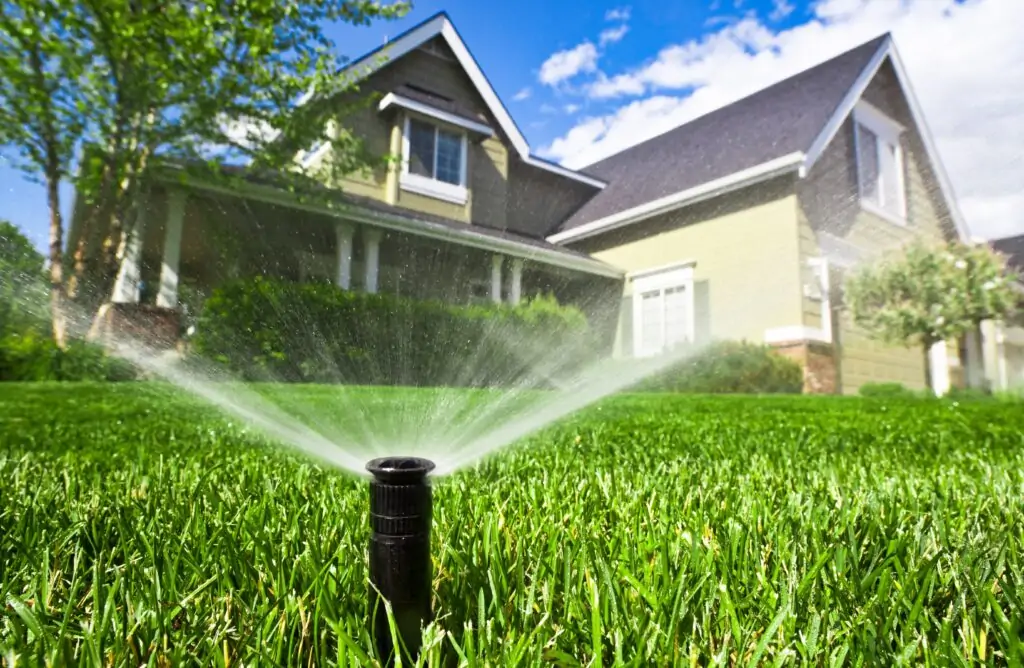
Finding the ideal balance when watering your grass may be challenging. While underwatering can leave your grass dry and susceptible to stress and damage, overwatering can result in issues like waterlogging and weak roots. Aim to moisten the top 6 to 8 inches of soil to determine how much water your grass needs. One to five inches of water each week from sprinklers or rain are often needed for your lawn.
You can use this much water all at once or over the course of two watering sessions spread out over the course of the week. Don’t go overboard, though, since this might result in serious problems, including waterlogging and shallow soil
So, by watering grass at the best time of day and at the right amount, your yard will remain healthy and green throughout the season.
More Tips to Take into Consideration
Maintaining your grass entails more than what we have already covered. Here are a few additional factors to take into account for a healthy and green yard.
Any municipal water limitations are one of the most important things to keep in mind. Before making a schedule for watering, check with your local government, as some locations have restrictions on when and how often you may water.
Second, consider using a rain gauge or soil moisture sensor to help you determine when your lawn needs (and doesn’t need) to be watered. By using these tools, you can prevent overwatering and make sure that your grass receives the ideal amount of moisture.
Consider spot-watering your grass rather than watering the entire yard if you see any brown or dry areas. It’s also important to pay attention to how frequently you water your plants. Shallow watering typically isn’t as useful as deep irrigation, which entails gently and completely distributing water to the soil. The grass will become more drought-resistant and able to absorb more nutrients from the soil as a result of the encouragement of deeper root growth.
Besides, shallow irrigation might result in a root system that is more vulnerable to diseases and drought. Additionally, it should also be noted that regular shallow watering might encourage weed growth and make your garden more susceptible to pests and illnesses.
What About The Grass That Doesn’t Need Watering?
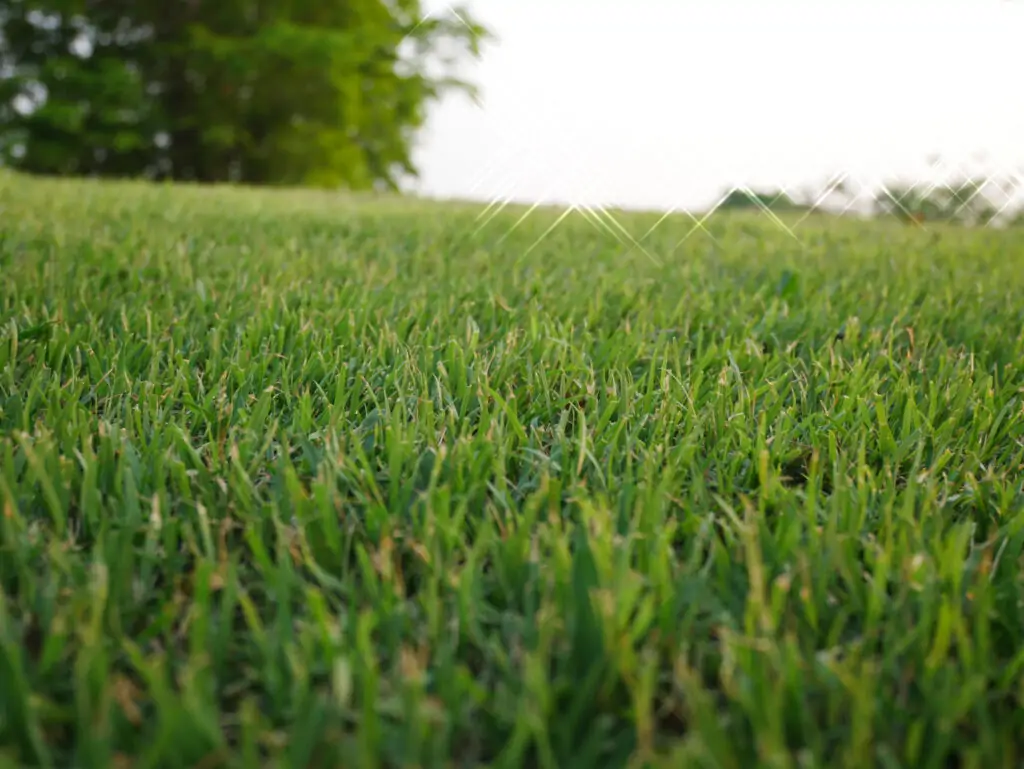
There are certain species of grass that are drought-tolerant and do not require much hydration, even though it is crucial to appropriately water most types of grass to maintain a healthy garden. For example, Zoysia and Bermuda grasses are known for their resistance to drought and need for less rainfall than other varieties. Buffalo and Fescue can both live with little water, too. It’s also crucial to keep in mind that even grasses that can tolerate dryness can benefit from irrigation during extended dry spells or heat waves. Yet, drought-tolerant grasses may drastically lower the amount of water your lawn needs, saving you money on your water bill.
Frequently Asked Questions
In this section you will find the answers to the most common questions about watering your lawn.
Aim for 1-2 inches of weekly rainfall when deeply and seldom watering your lawn. To limit evaporation and prevent watering during the warmest part of the day, water in the morning. Step on the grass to do a fast test; if it swiftly bounces back, it is sound. If not, watering is necessary. Keep in mind that overwatering may be just as damaging as underwatering, so be careful and modify your schedule as necessary.
How much water does your grass require, exactly? Here is a quick formula to assist you:
Calculate the square footage of your grass.
Determine what kind of grass you have since various types of grass require varying amounts of water.
Use a soil moisture meter or a tiny hole to check the soil’s moisture content.
Consider the climate and weather conditions. Your grass could require more water in hot, dry weather.
By dividing the area of your grass by the appropriate watering depth (often 1-2 inches per week), you can determine how much water it requires each week.
Divide the total amount of water required each on the quantity of water your sprinkler system or hose distributes per hour. You will then know how many hours per week you need to water your grass.
The Bottom Line
Sprinkling your lawn properly is crucial for maintaining its health and beauty. It is recommended to water until the top 6-8 inches of soil is wet and to avoid overwatering. What’s more, understanding the factors that affect the watering frequency, such as soil and grass type, weather conditions, and time of year, can help you create the best schedule for your garden. Remember to deep water your lawn to encourage healthy root growth and avoid the negative consequences of shallow watering.
Taking the advantage of the best watering times for grass can lead to a beautiful, healthy, and vibrant lawn in the long run. What’s more, the tips we provided will not only give you a lush and green yard but also help you save time and money on water bills.